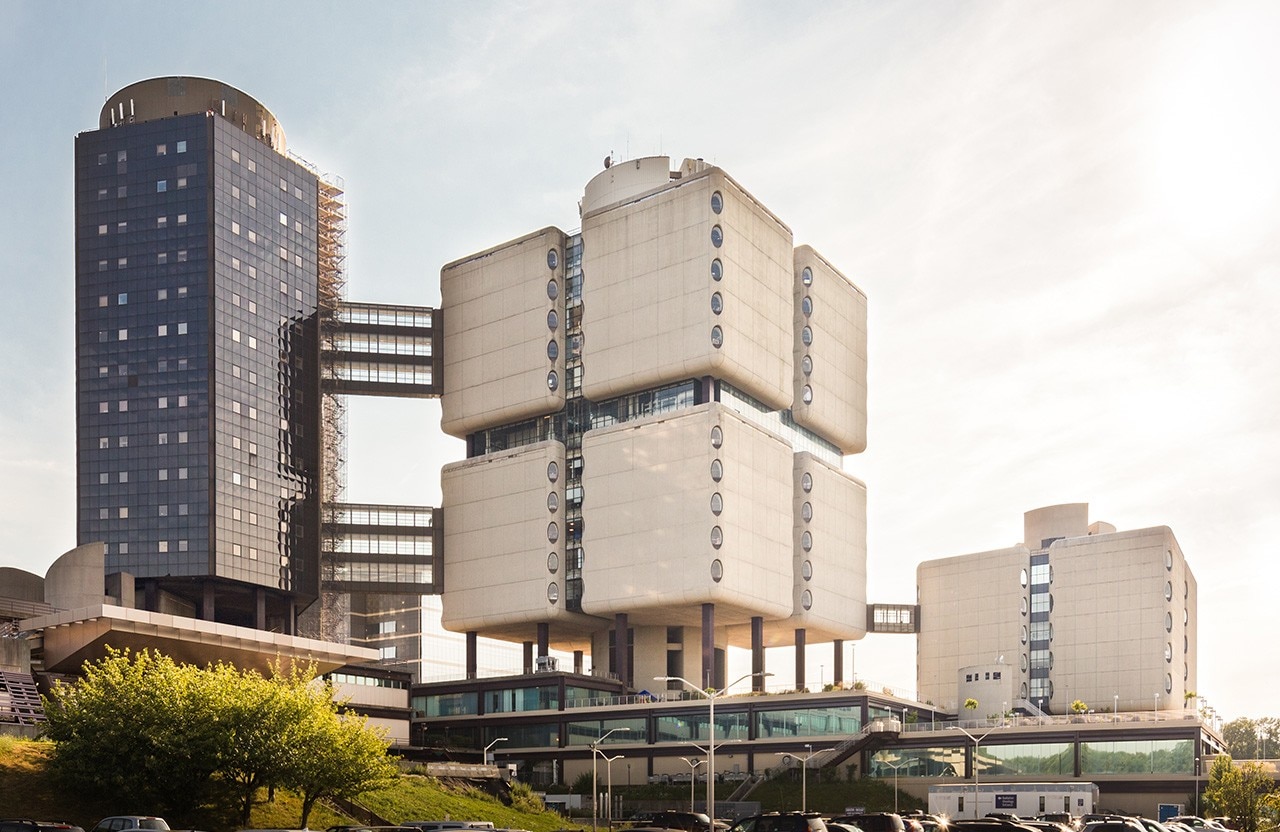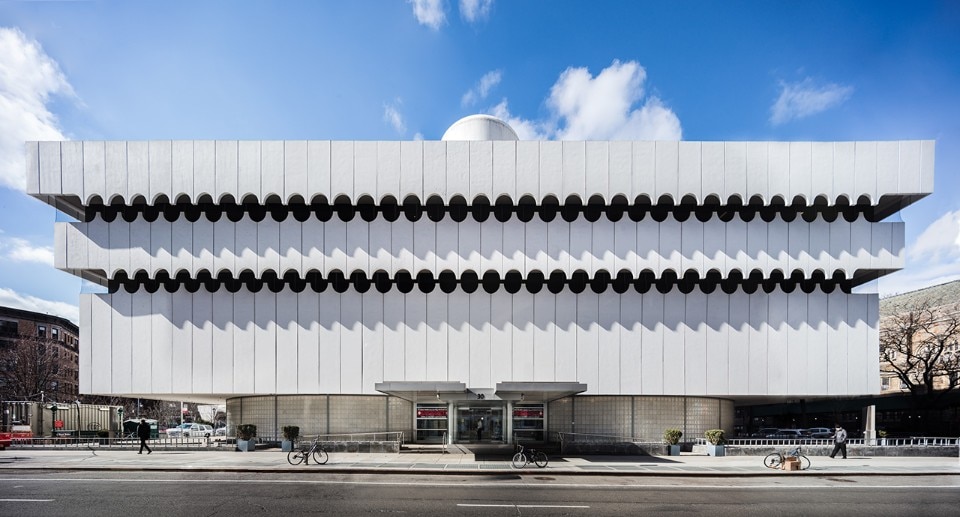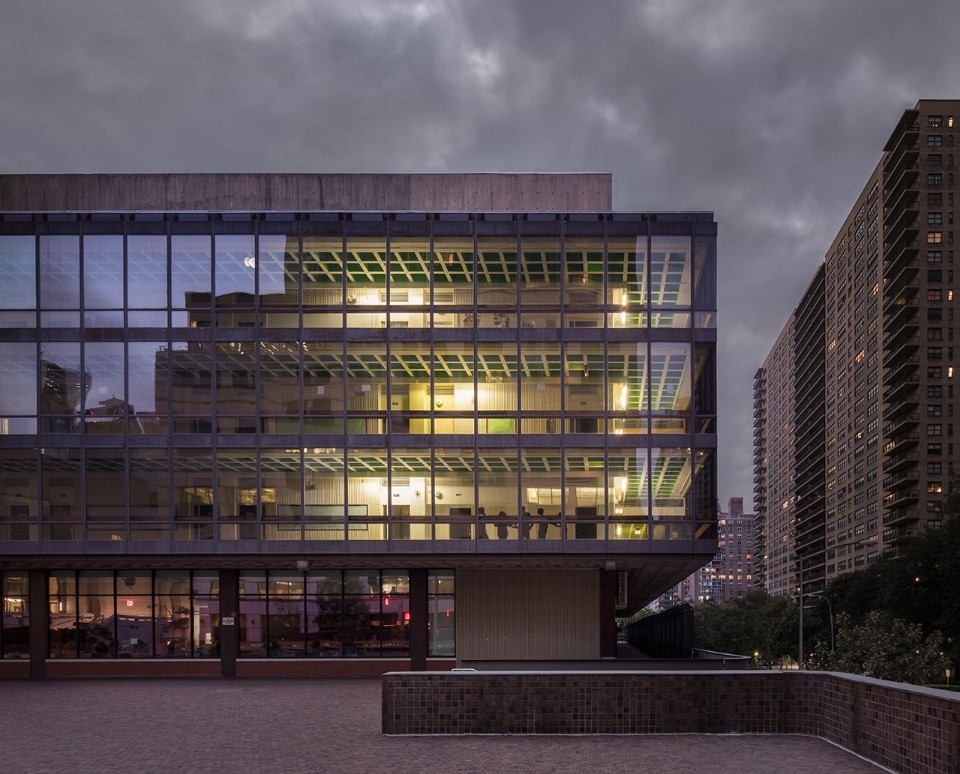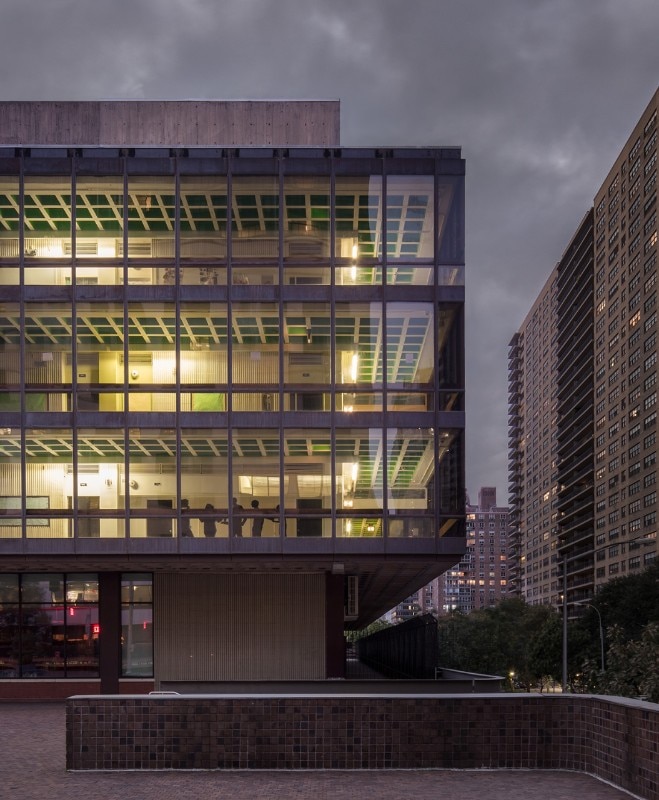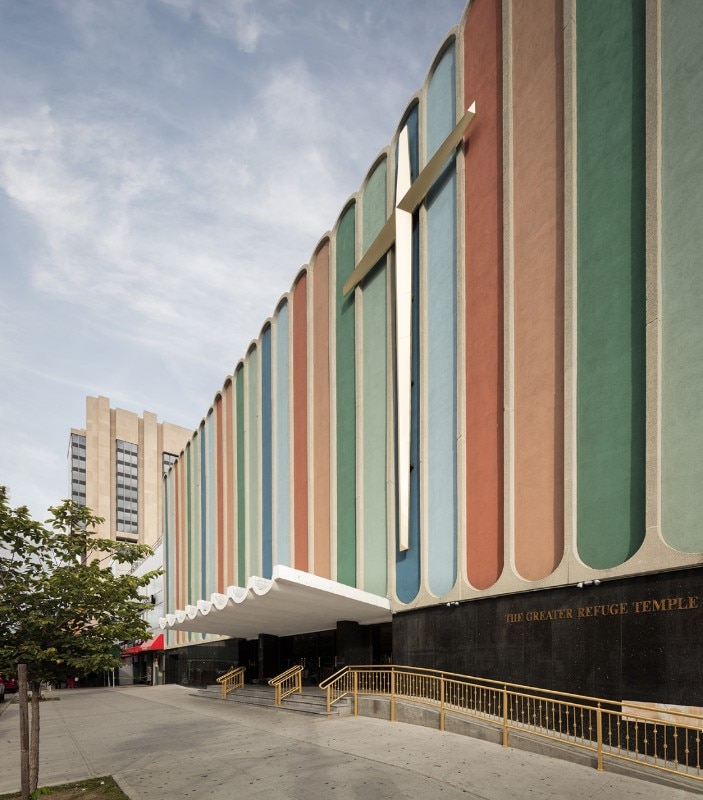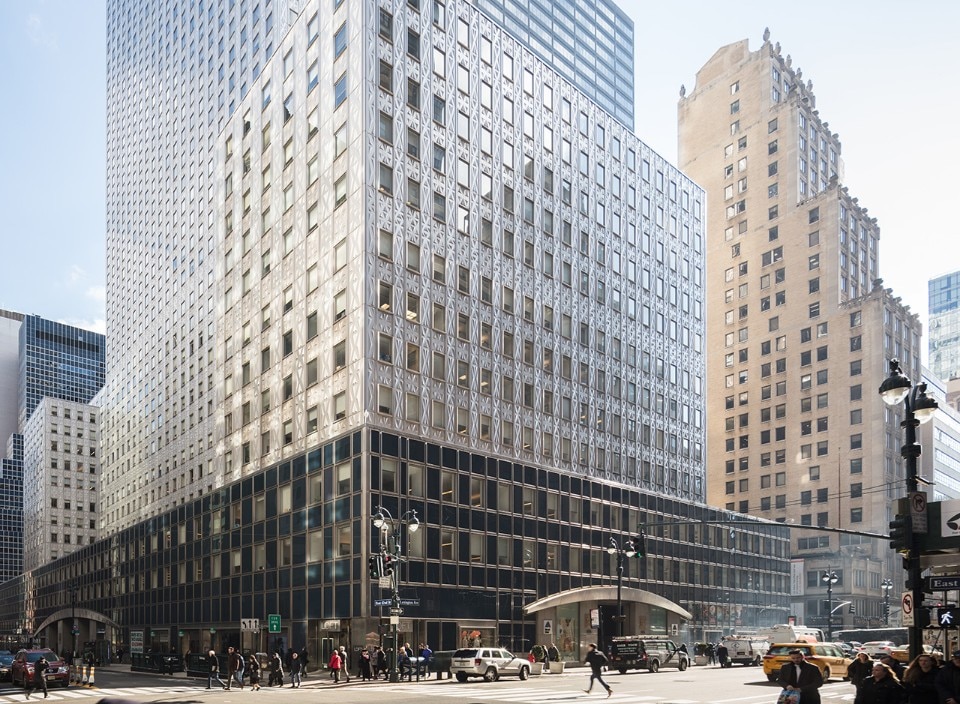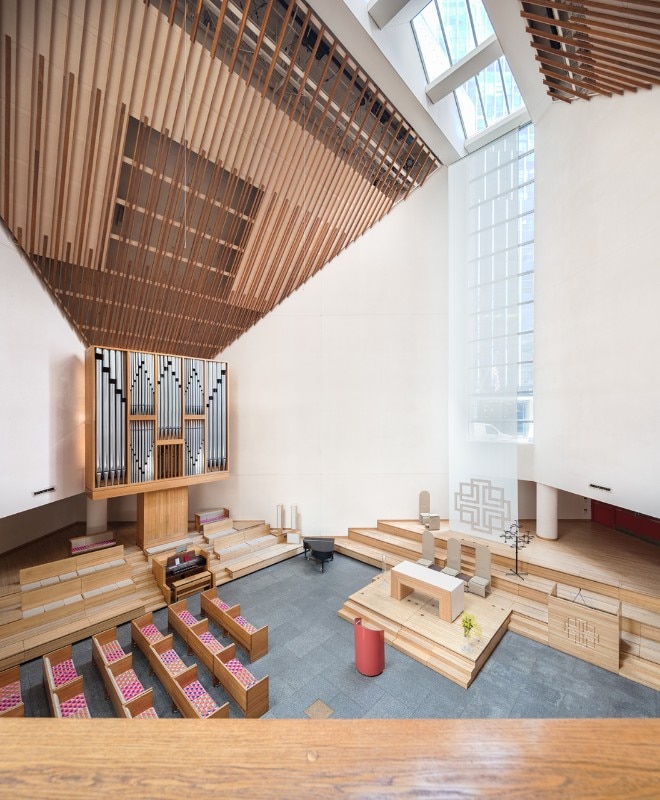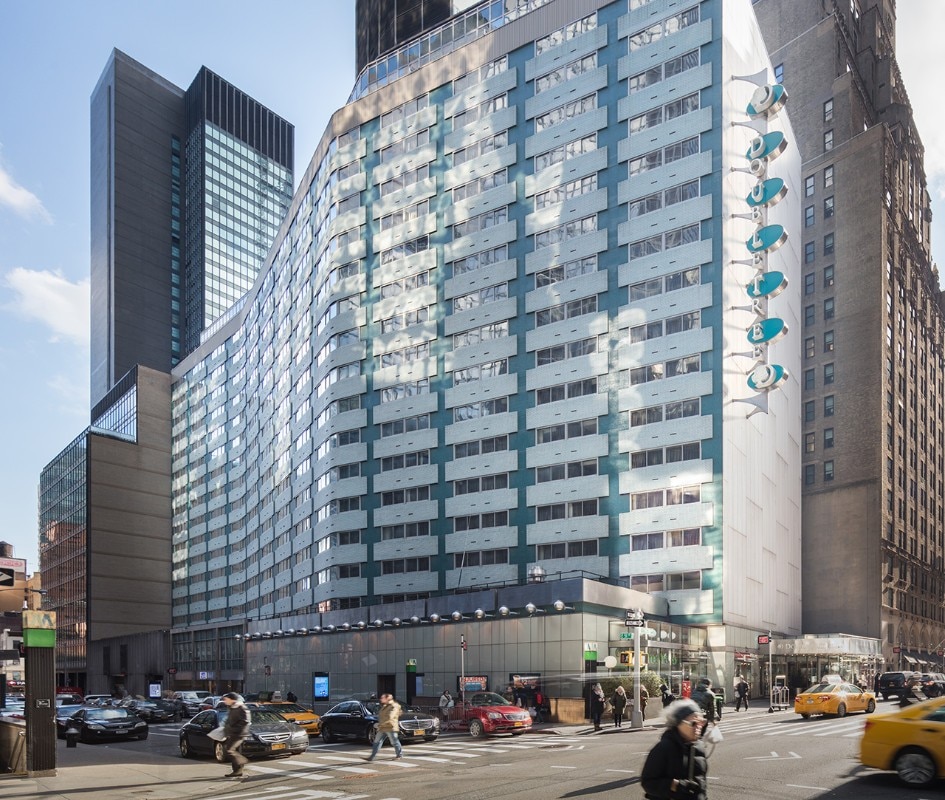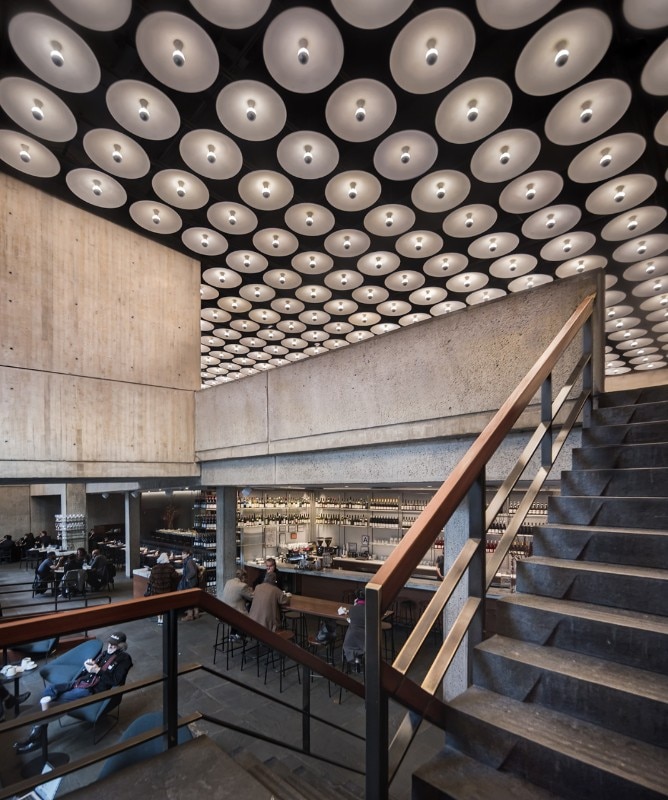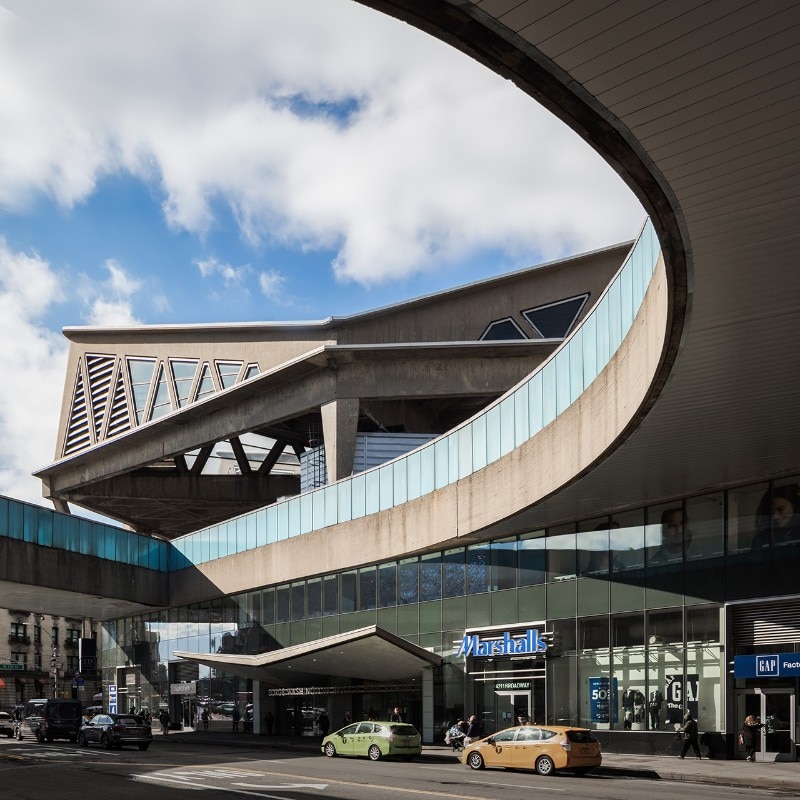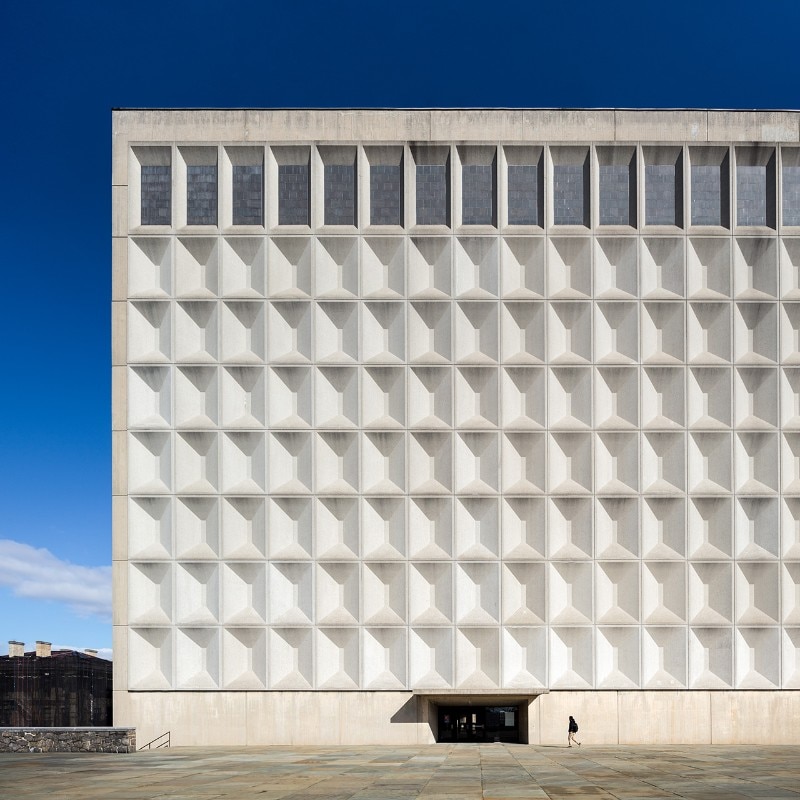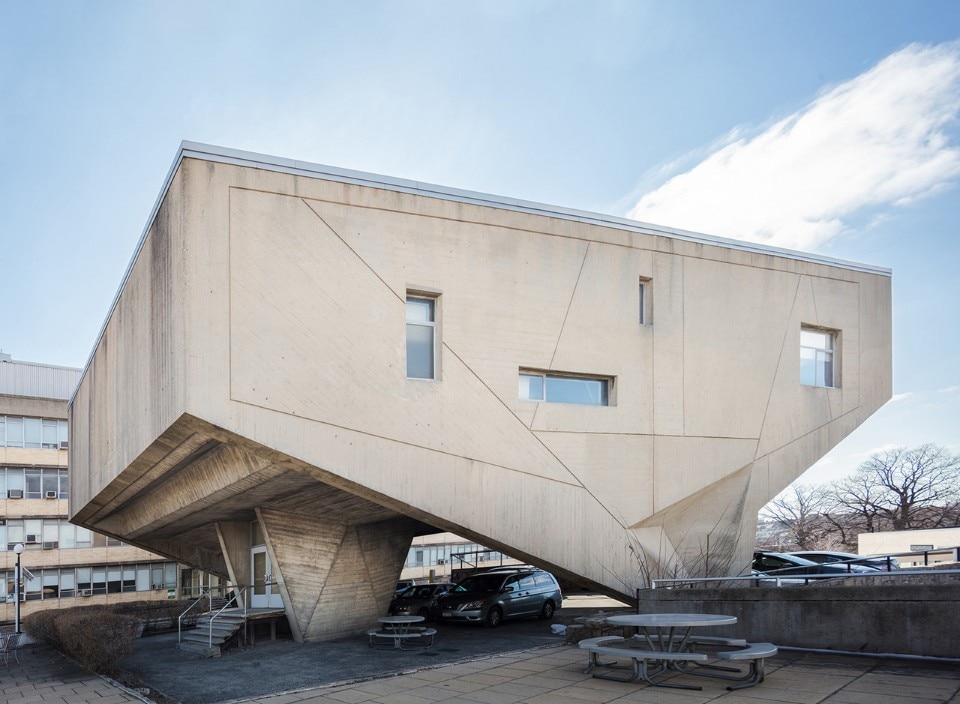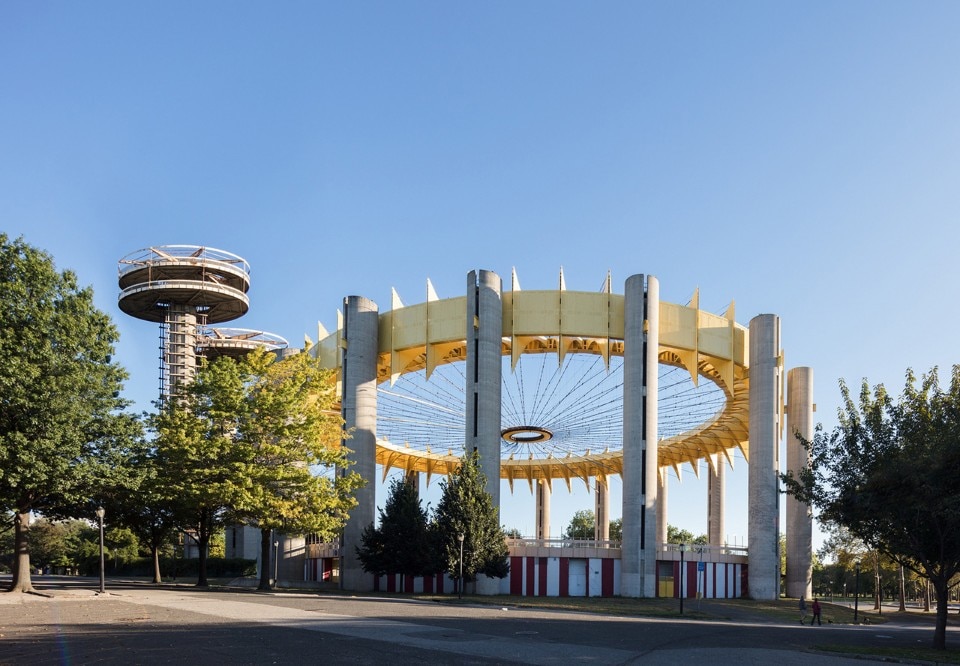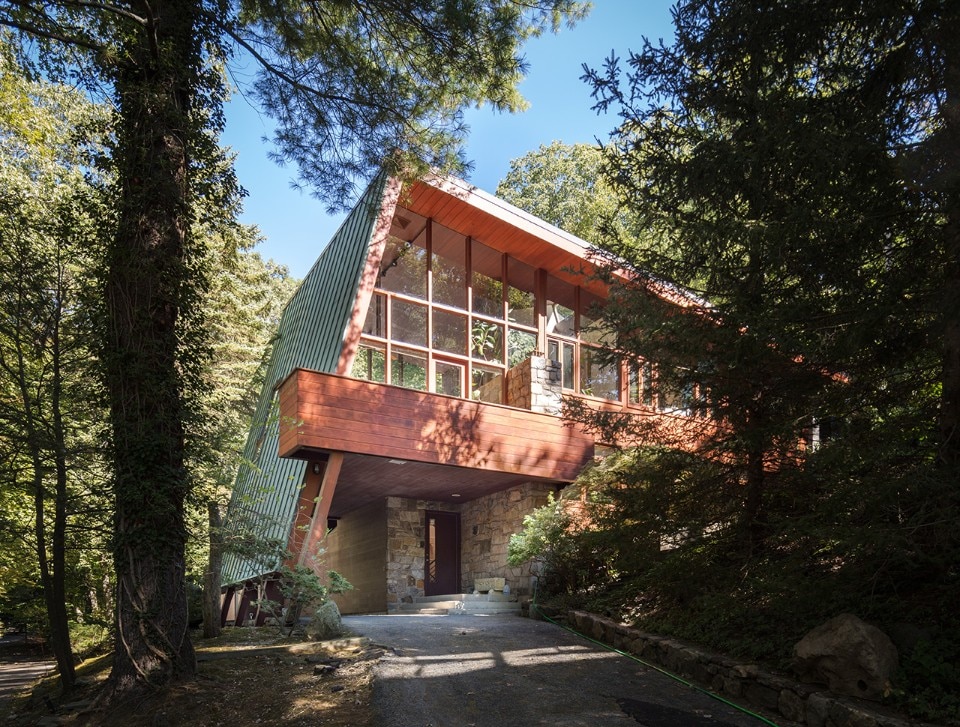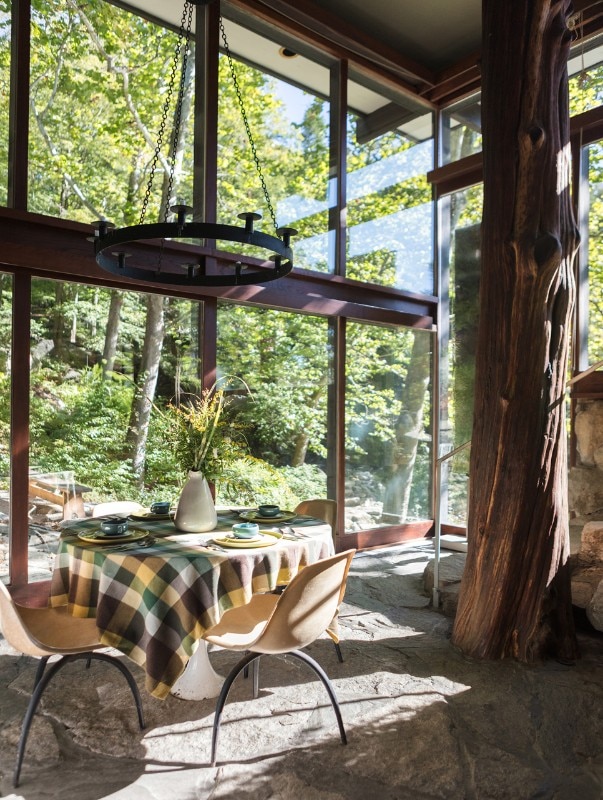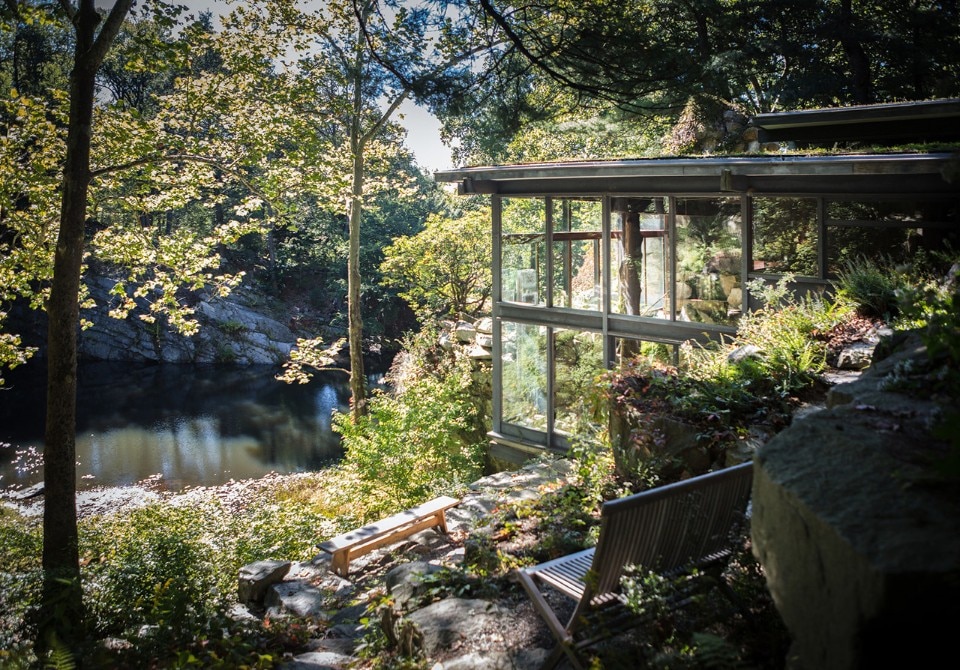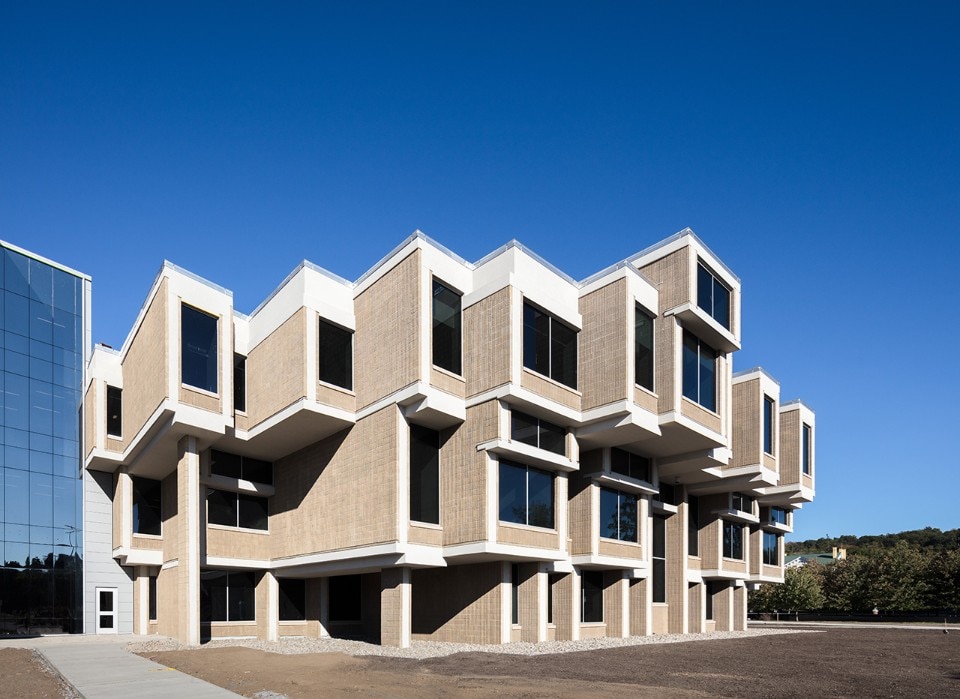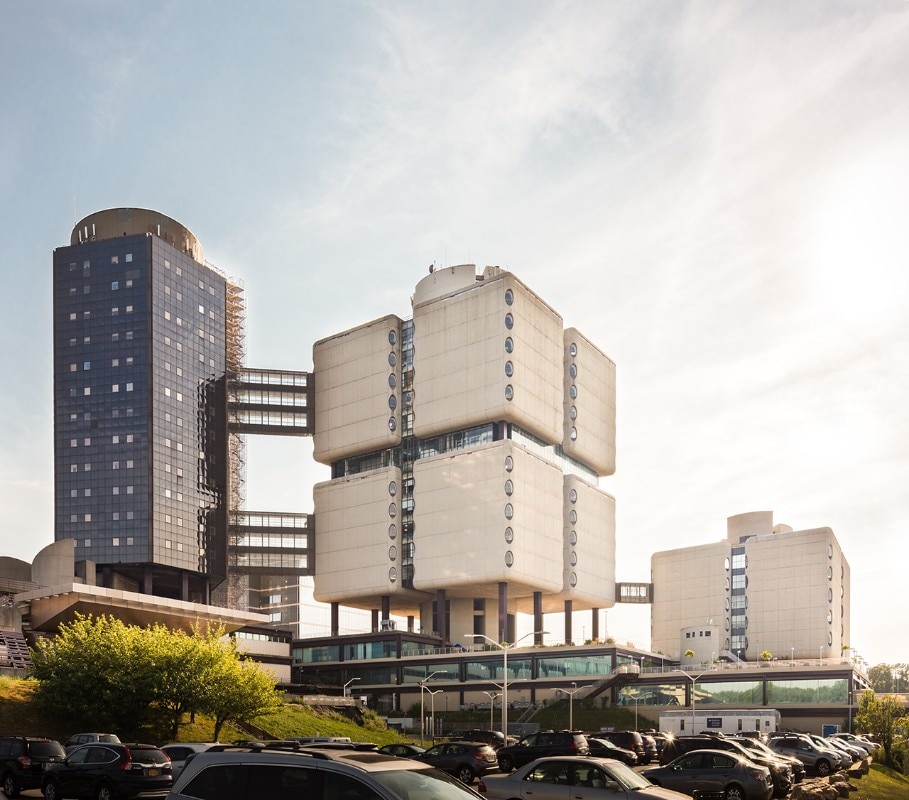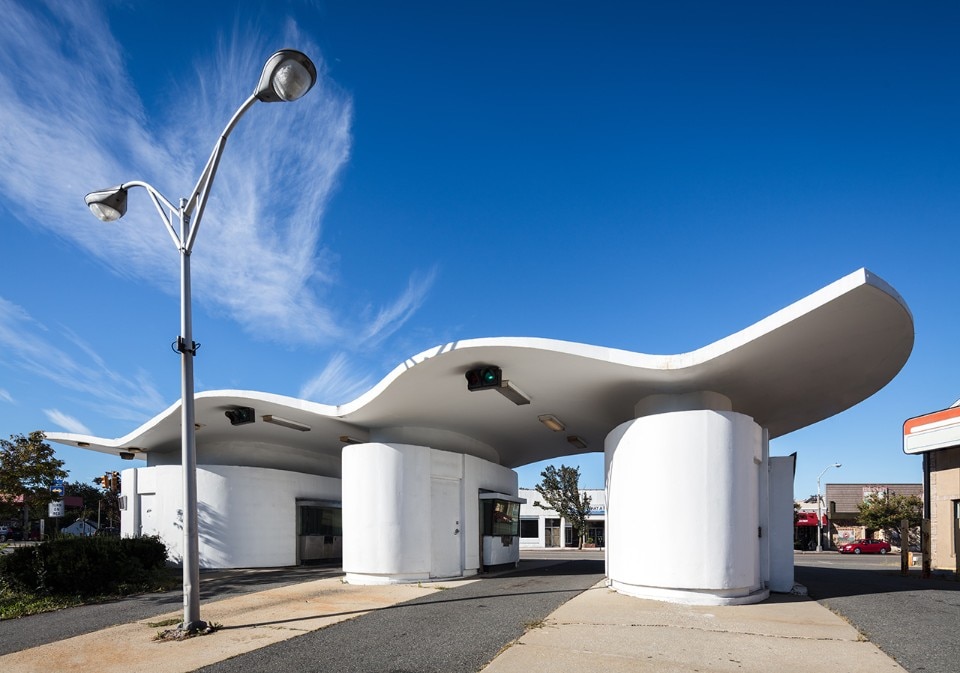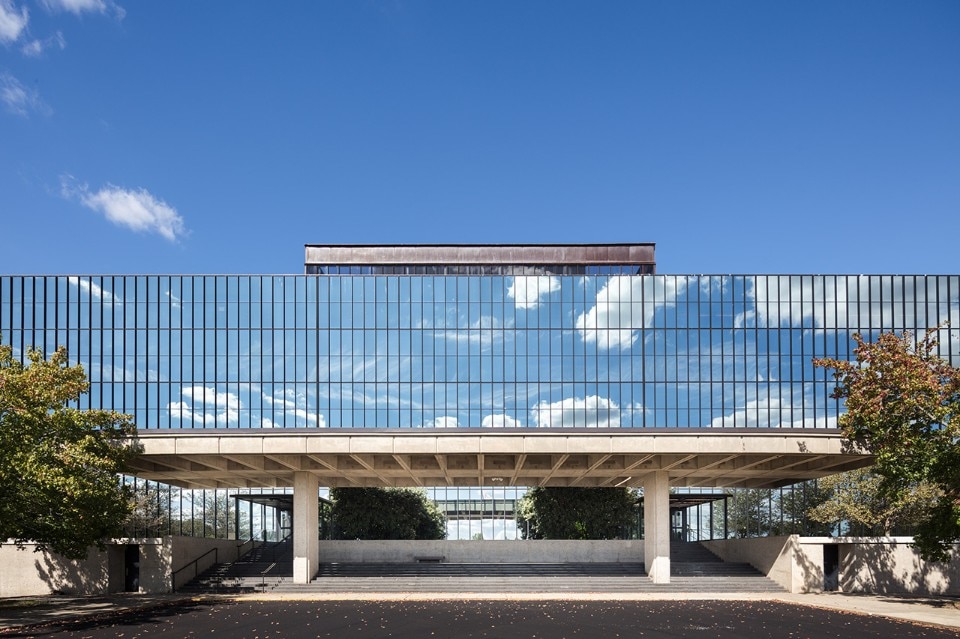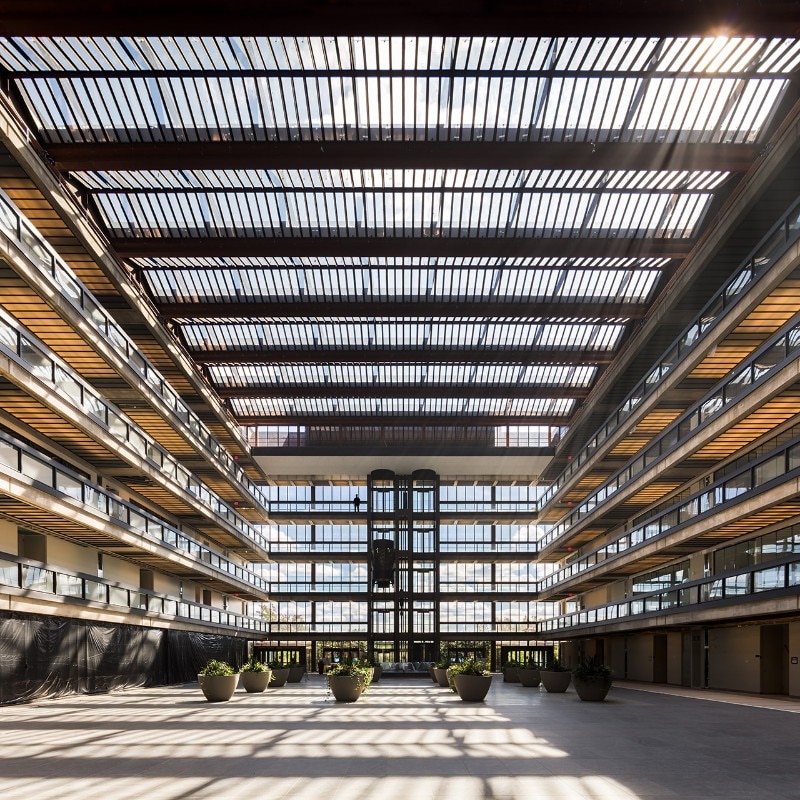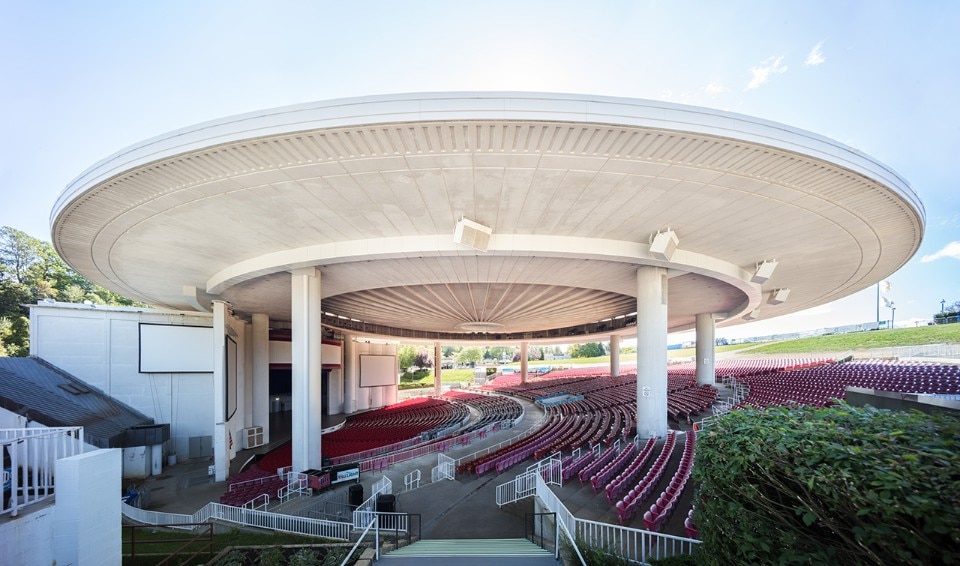New York City is the largest and most visited city in the United States. Given its popularity, you would think it would hold very few secrets and for fans of Modernist architecture, but you do tend to see the same three or four buildings there featured on everyone’s Instagram – the Guggenheim, the Seagram Building, Lever House, etc.
But the city actually has an extensive and diverse Modernist architectural heritage. Even as someone who travels to NYC regularly, I’m always finding new examples whenever I visit. So I thought it would be fun to feature a few lesser-known Modernist architectural treasures from New York and its environs.
The buildings featured here are all included in our recently published Mid-Century Modern Architecture Travel Guide, East coast USA (Phaidon, 2018).


